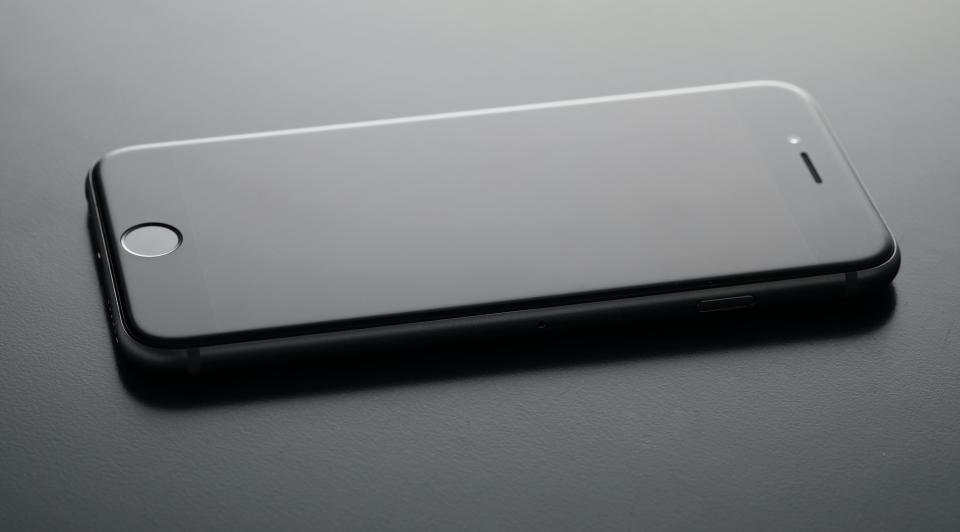Codes and Hidden Tips and Tricks From The iPhone Secret Service

I recently had in my hands the new Apple iPhone mobile phone that comes with the new version of ios. While using it for some time, I found some cool features on this smartphone that I am going to list in this exclusive article.
I will also try to provide a list of some hidden secret codes for accessing service menus (engineering mode) and useful functions on iPhones and iPads.
If you are an iPhone user, I am sure you will like these tips and tricks and secret things:
- If you want to access the list of recent or running applications, press the Home button twice quickly and you will see the App Switcher screen containing a list of all running applications in the form of a stack of cards. If you want to close an app, just swipe up on the app's thumbnail and it will immediately disappear from the list.
- You can view the timestamps of the messages by dragging the message to the left and the time information will be displayed on the screen.
- We know that the iPhone does not come with a "Back" button, but you can use a gesture to go back. Just swipe right on Messages, Mail, and other apps and you'll be back to the previous window.
- Android mobile phones allow you to take screenshots using some key combinations as mentioned here. If you want to take a screenshot (screenshot) of your iPhone current screen, press and hold the Home button and immediately press the Lock / Power button present on the right side of your iPhone. It will save the screenshot to the Photos folder.
- If you want to disable animations and other visual effects like Parallax, etc., open Settings and go to General -> Accessibility section. Now enable the "Reduce Motion" option and it will decrease animation time and disable some visual effects including the parallax effect which will improve your iPhone performance and battery life.
- iTunes software syncs your iPhone contacts to the "C: \ Users \ User_name \ Contacts" folder on Windows operating system. So that you can find all your iPhone contacts in that folder it will have a .contact file extension. If you want to add new contacts to your iPhone. You can create the .contact files yourself and put them in the "C: \ Users \ User_name \ Contacts" folder. When iTunes syncs the content, it will automatically add those new contacts to your iPhone.
- It is a fact that you cannot delete several or all contacts at the same time on the iPhone, since the iPhone does not allow mass deletion of contacts in the phonebook. But there is a solution to overcome this problem and delete all contacts in one step. Delete all contacts from the "C: \ Users \ Username \ Contacts" folder, as this folder contains all iPhone contacts. Now open iTunes and go to the Info tab and in the contact sync section, enable "Replace info on this iPhone" or a similar option. Now sync the contacts and it will delete all the contacts from the iPhone as the "C: \ Users \ User_name \ Contacts" folder is empty.
- If you want to temporarily stop automatic syncing in iTunes, just press and hold Ctrl + Shift keys together while connecting your iPhone to PC. It will not start automatic syncing in iTunes.
- If you want to manually update the firmware/software of iPhone or iPad and you have already downloaded the latest firmware file.IPSW from the Internet, you can manually install the latest firmware using iTunes without downloading the firmware again using iTunes. Open iTunes, go to the Summary tab, press and hold the Shift key and click the Refresh button. It will open the Browse dialog, select the.IPSW file, and begin installing the firmware on your iPhone or iPad.
- iTunes regularly backs up your iPhone content, such as contacts, etc. All these backups are stored in the "% AppData% \ Apple Computer \ MobileSync \ Backup" folder. You can access this folder by copying/pasting the folder path into a RUN dialog or Windows Explorer address bar and press Enter.